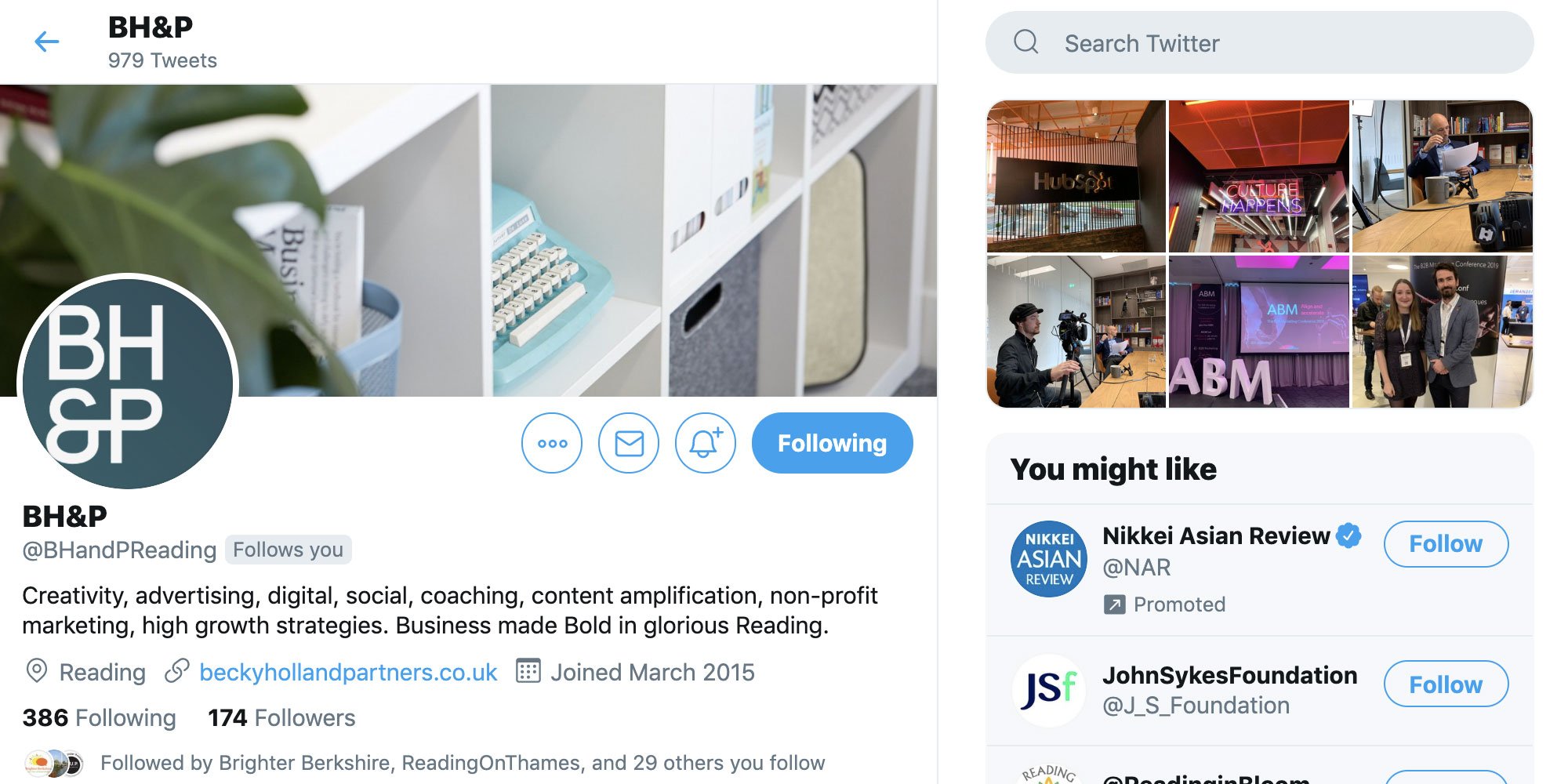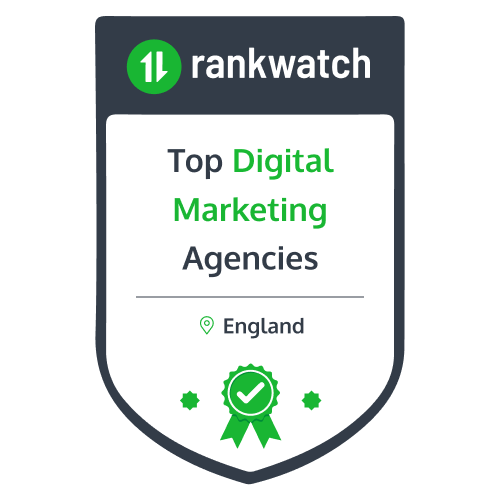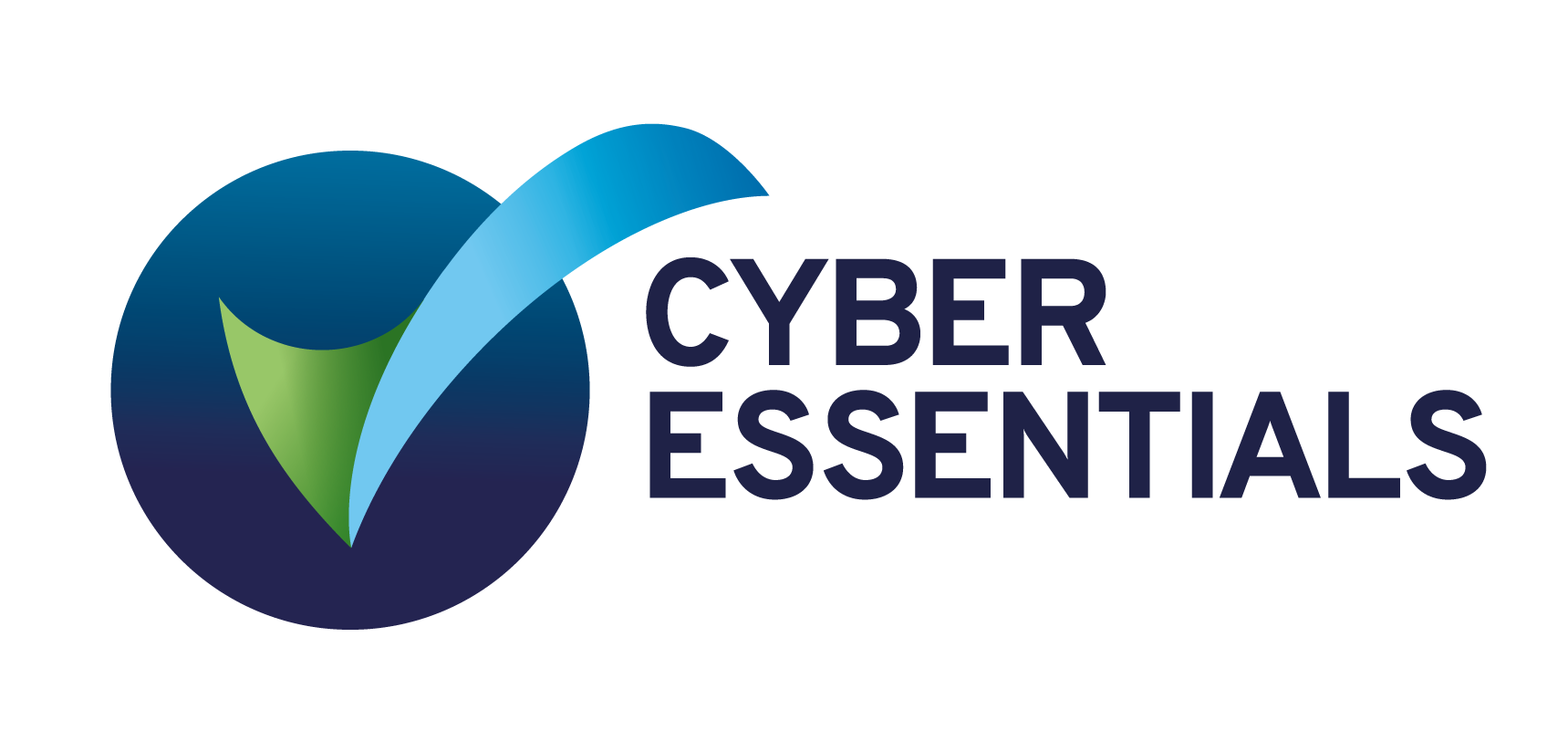
How to Use Twitter to Build Brand Awareness
... and to get people closer to actually reading your content.
First created in June 2018. Updated October 2019.
Brilliant content is never enough
In an ideal world you’d write a brilliant and insightful piece of content or thought-leadership, add it it to your website or blog, and wait for all your hundreds of follows to read it, share it, like it – and then as a result come to you later when they need to buy your product or service.
Unfortunately, back in the real world of b2b marketing, it isn’t enough for your content to be brilliant. If you don’t have anyone reading your work and sharing it then you may as well just save it to your server and leave it there.
It’s easy to forget when you’re creating content that there’s a world full of people out there, and that viewing your content is top of no one’s priority list (except perhaps for your mum’s). The biggest mistake to make is to not communicate with these people - and twitter is the place where you will find a large number of them, ready to engage with compelling ideas and content.
When you are ready to start sharing content outside your own network you’re not likely to be pre-sold as a firm - people either don't know you, or know you but don't yet trust you. If you have been around for a while, have invested in marketing already, and have a “voice” in the market, then you’re part way there, but you should never underestimate how hard it is to get people that don’t really know you to even consider buying from you.
This is particularly relevant where you are selling big ticket items in a b2b environment, or where what you are offering is a service, is intangible, complex, or brand new to your target market. It pays off to write a very personal one-to-one email or LinkedIn InMail introducing yourself and your content. But in a market where you’re not pre-sold, there is no awareness and no trust, so you can’t just rely on contacting people directly.
#hashtags – How to get More out of Twitter
Twitter is one of the platforms that provides one of the quickest ways of getting your content shared. It’s instant and there’s the potential to have your brilliant written work spread really widely. In the b2b and professional services world, it is perhaps unlikely that your content will go viral, but nonetheless #hashtags are a great way to widen your network and bring your content to the attention of like-minded people or those who are searching for content just like yours.
Attaching a #hashtag is a really important (be certain yours isn’t already being used in an inappropriate way). The #hashtag needs to be short and sweet – and to read well.
In 2013, the hashtag #RoyalBaby was used more than 2 million times.
Top Tweeting #Tips:
-
Be really careful how you compose your #hashtag and use overarching hashtags like #leadership or #legalservices sparingly to point people to the category you are operating in.
-
Create your own hashtags that are brief but meaningful in context, and that you can own, especially where they relate to a product, event or campaign (for example Growth Accelerator’s first award ceremony #BraveBold, ProfitAbility’s unique simulation #MagneticLeadership, and tech innovations like #MongoDB or #MeteorJS.)
-
Avoid clichés like #mustread - it’s not unique and is utterly pointless, especially when you only have 140 characters per tweet to get your message across.
On Twitter, Give People a Reason to Engage
Sharing your work on your own Twitter feed is all very well but it limits who happens to see your post at the time and of course how many followers you have. The simplest strategy that many companies and marketers use is a free prize draw, competition or survey. This is back to “Marketing 101” – giving people a reason to engage. There is so much content out in the ether already (large amounts of it not really fit for purpose), that people that don’t know you may be sceptical about the quality of what you are putting out, so tactics like this can be a great way to increase your follower base before seeding your content. To do this effectively, the message needs to be really simple, with a great offer or prize, and a compelling hashtag.
I recently attended the @GrowthAccel #BraveBold awards, and the next day, noticed no one had posted a list of winners. So I set aside an hour to research the list of winners, and got it up on my blog before anyone else. With just 4 tweets using the #BraveBold hashtag, I received 2 favourites, 9 retweets to 20,813 people (of whom at least 1,000 and probably more are possible prospects), and 66 unique visitors to my blog. It’s not earth shattering content, but all these people, many of whom fit my target audience profile, now have some recognition of who I am. Will they engage me as a marketing coach, or want to engage with my agency? Maybe not yet, but I am on the radar, and ready to engage in a conversation with them when they have need marketing or strategy.
Why Retweet (RT)? – and Using Social Tools to Make the Process Much Easier
A simple search of a #hashtag will allow you to find businesses and people who are already talking about the same subject. Retweet your content to them by including their Twitter handle. The more followers they have, the greater the audience that is likely to see what you’ve said, and that may favourite or retweet the content.
You should also make a point of following your own clients, and retweeting or favouriting news about them - they like their content to be shared as much as you do, and it also keeps you up-to-date on what’s happening in their own lives or businesses. The new list feature in Twitter allows you to put clients in a separate list, so it’s easier to track who’s saying what.
Social tools like Feedly are brilliant for helping you find relevant content to share with your followers, without taking up too much of your own time. And tools like Buffer allow you to schedule posts and track their performance, if you don’t want to be on Twitter all the time monitoring the conversations.
Staying Ahead of the Game
As seasons and events change you need to keep up with the trends and fashions within your sector. In a law firm, changes to the law are an obvious area of interest for clients and potential clients. Look at what’s trending, seek out forthcoming events and occasions that are likely to have a #hashtag.
If you take the hashtag #budget2014 for example, you’ll see an abundance of content relating to the impact the budget has on businesses and consumers. Combine that hashtag with another that’s relevant to you, like #property for example, and you know the content is going to be super relevant to your own prospects.
Beyond Twitter
Twitter isn’t the only platform that is great for sharing.
Google+ is will allow you to target your content to a concentrated amount of people in a particular circle. The benefit of this is that it is really focused on people to whom it is relevant, and will create the link from your circle to their s, and then outwards, so there is an effect of ever increasing circles. Google+ is of course favoured by Google, so there are other benefits around link building and SEO that I won’t go into here, but that come from using G+.
For professional service marketers, the social media tool of choice is most likely to be LinkedIn. To maintain credibility in this space, you need to limit your posts a lot more than you might on Twitter. By posting content on LinkedIn first, and then tweeting it, you get the benefit of both worlds, with the authority that comes from a strong LinkedIn presence, coupled with the reach of Twitter. You can also experiment with some of the great new LinkedIn tools like showcase services, and sponsored updates, which can significantly improve your visibility. Just remember to add the #hashtag when you tweet about your LinkedIn posts.
There are many clever ways to use Twitter, combining it with other social media tools, to really raise your profile online, and to start the process of building a position of trust and authority beyond your existing base. It is this that is increasingly important in giving your firm a voice, and growing your business network far beyond the people you now personally, or that are sitting on your marketing database.
BLOG
|4 MIN READ
BLOG
|3 MIN READ
BLOG
|5 MIN READ
BLOG
|4 MIN READ
BLOG
|2 MIN READ
BLOG
|4 MIN READ
Sign Up



